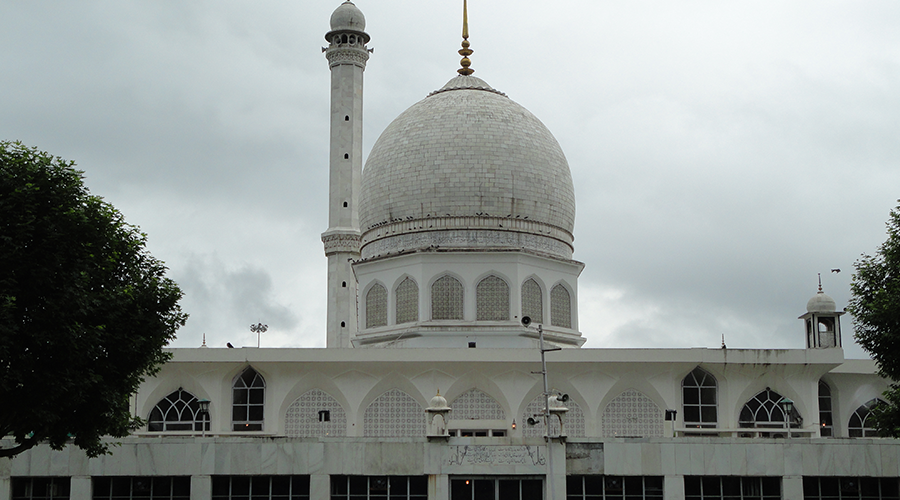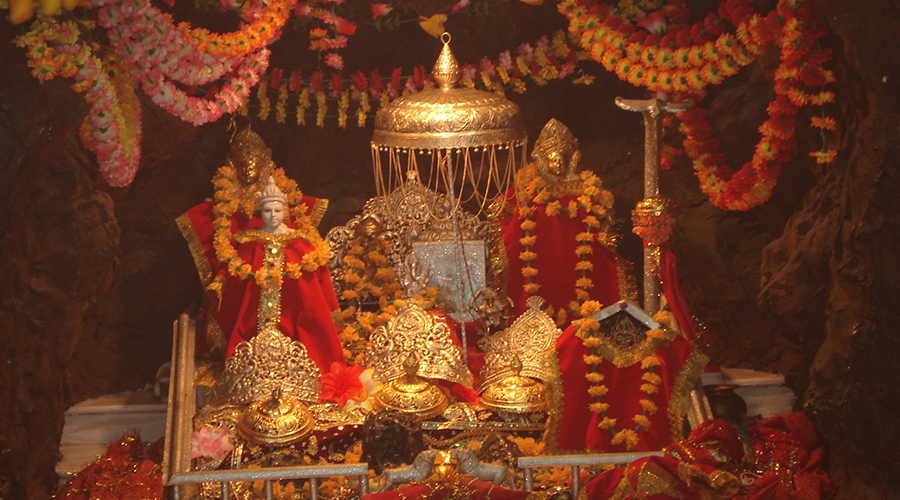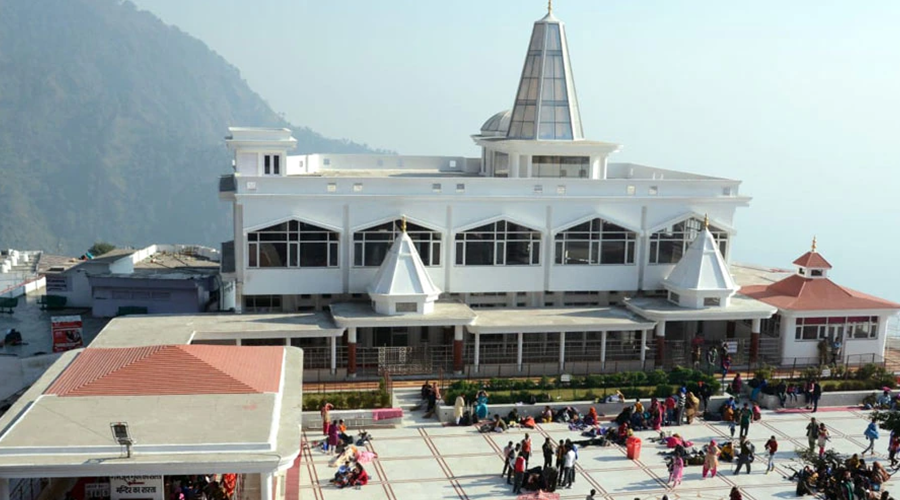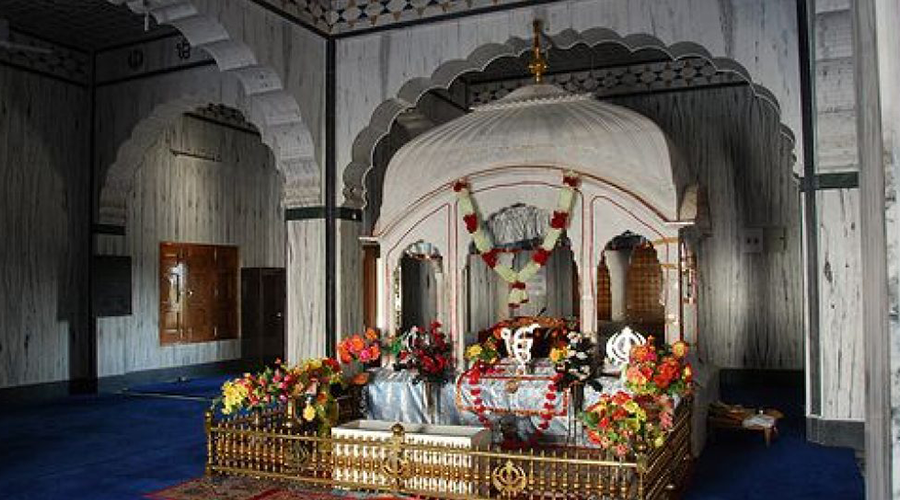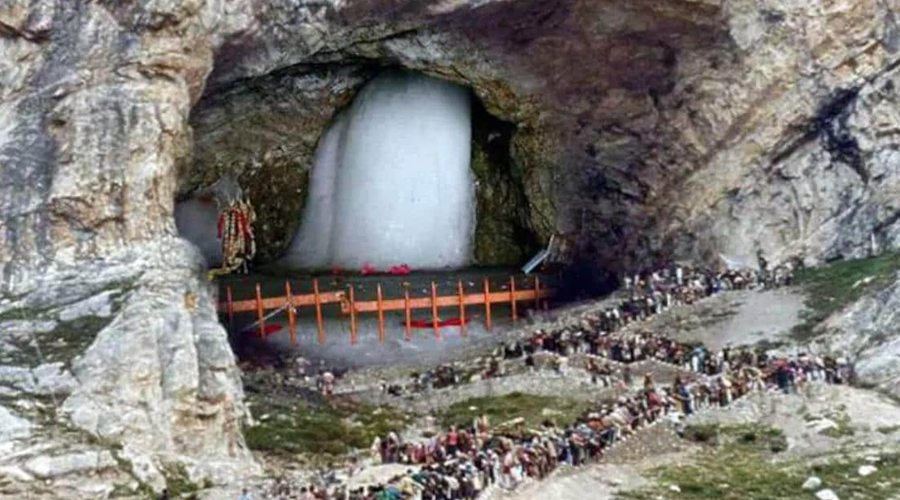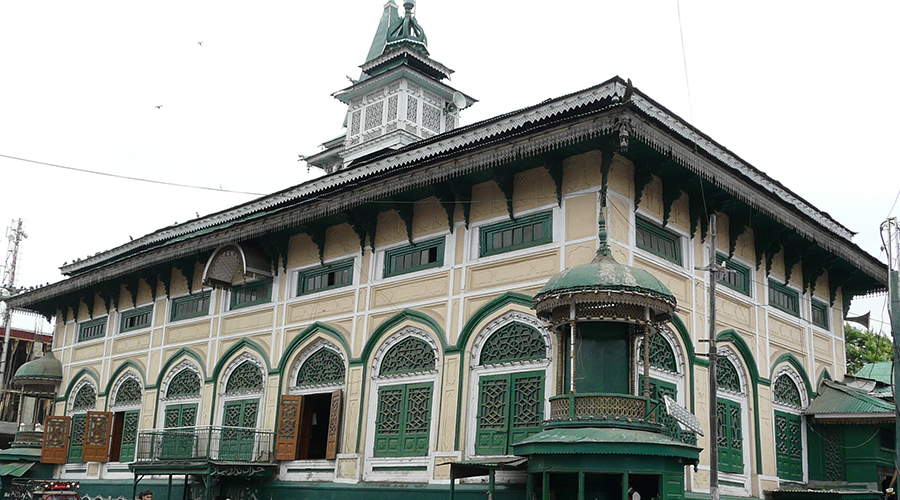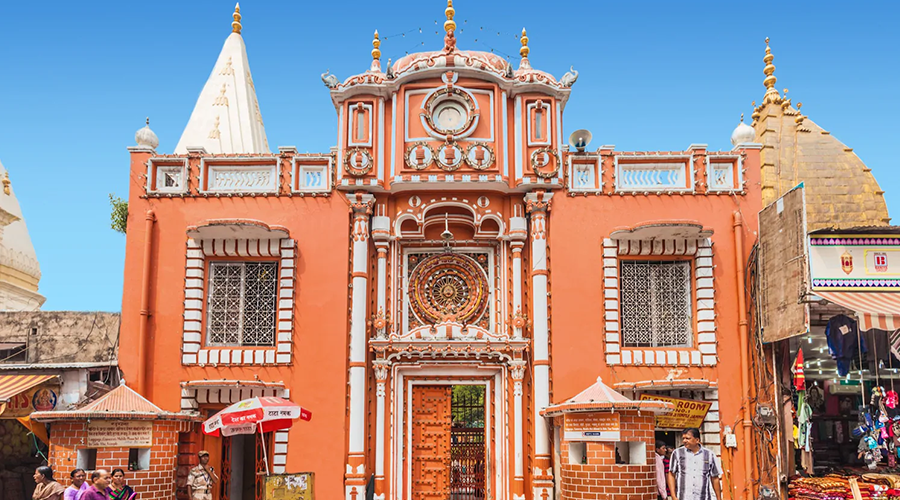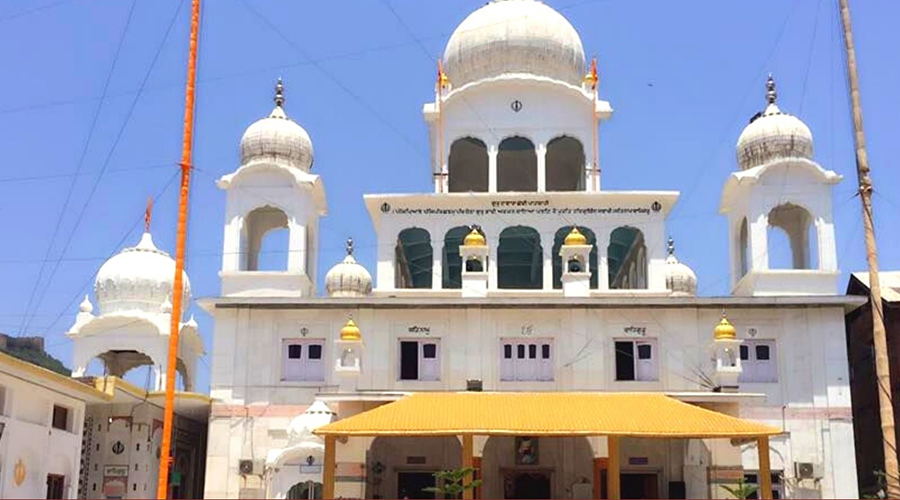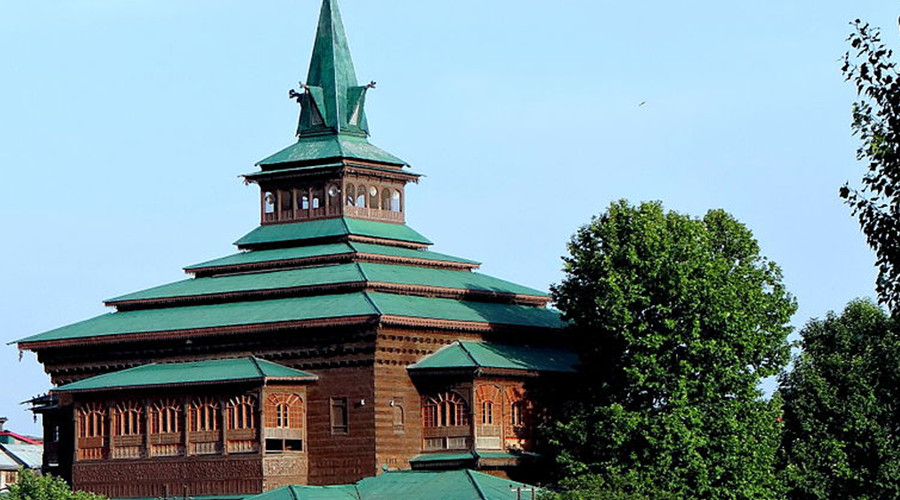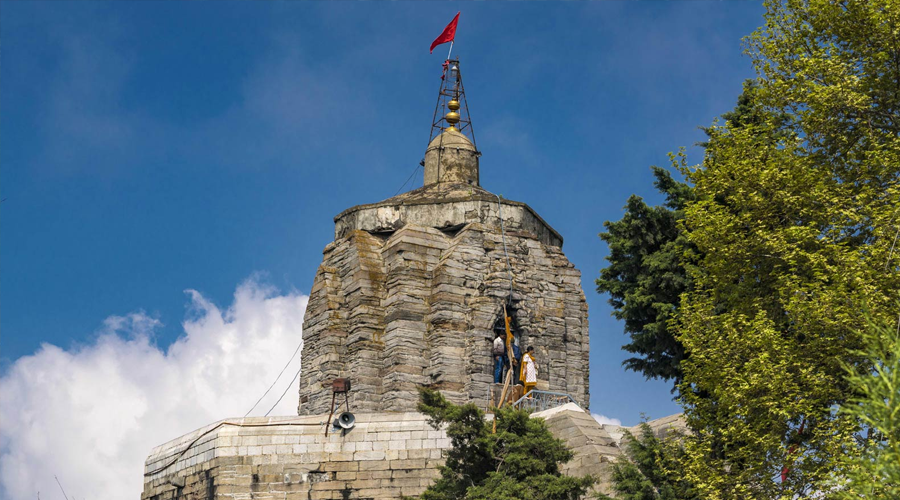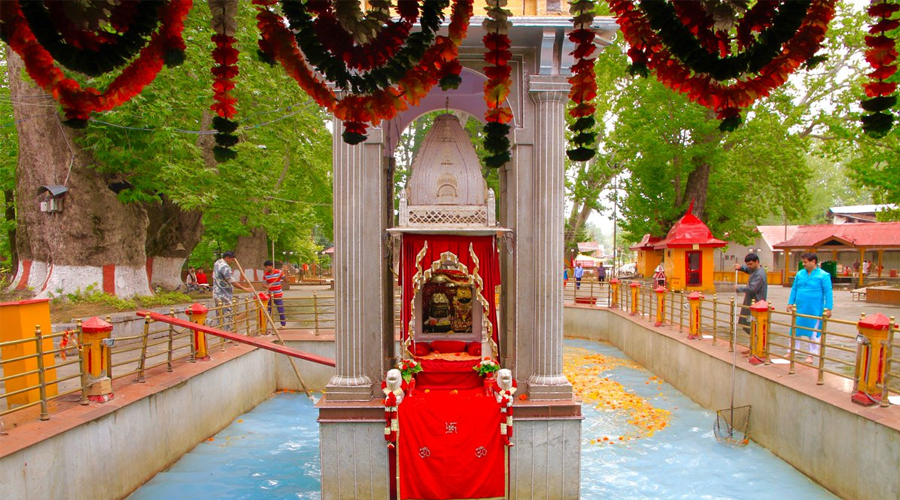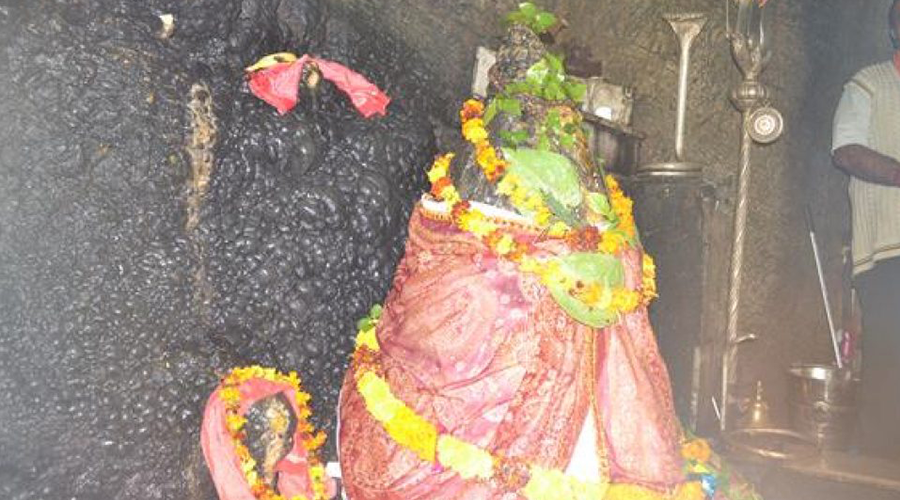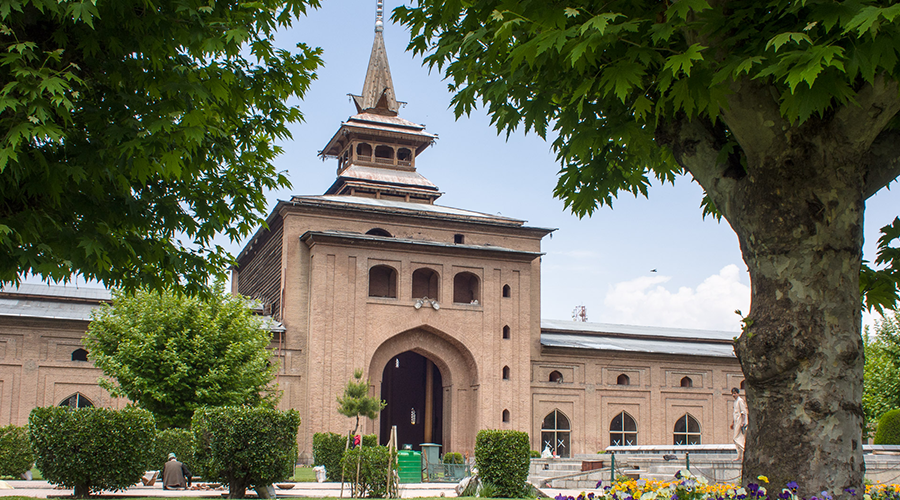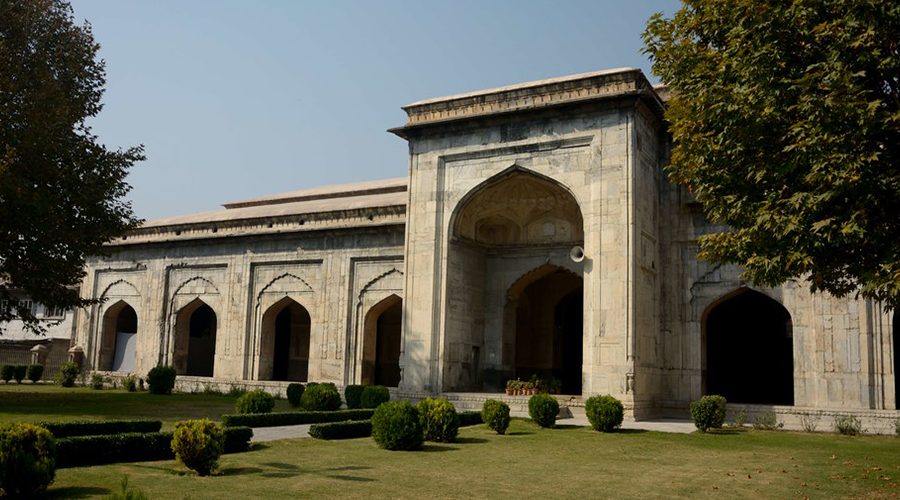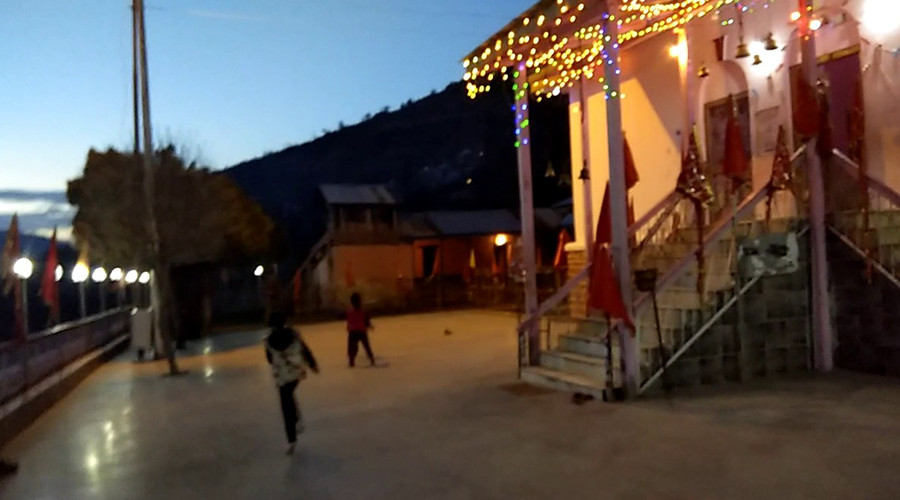Hazratbal Shrine, Jammu And Kashmir
The Hazratbal Shrine is a Muslim shrine set on the left bank of the Dal Lake. The Hazratbal Shrine takes its name from the Kashmiri language where the word 'Hazrat' stands for holy and 'bal' stands for the place. The shrine is considered extremely sacred among Muslims. The shrine is considered the holiest Muslim shrine in the Kashmir valley. The shrine was built as a pleasure house by Sadiq Khan, Subedar of Shah Jahan. Later, the pleasure house was converted into a house of prayer with the orders of Shah Jahan. Today, the place is a well-known shrine that is visited by thousands of people every year.
The Hazratbal Shrine is known as the epitome of the love and respect of Muslims for their Prophet Mohammad. Visitors get to have a great view of Dal Lake and the mountains around. The shrine houses Moi-e-Muqqadus which is the preserved sacred hair of Prophet Mohammad. The hair is presented before the public only on religious occasions. Visitors know the shrine by different names including Assar-e-Sharief, Madinat-us-Sani, and Dargah Shari. The Hazratbal Mosque is a beautiful structure that is made using white marble. The mosque looks more beautiful with that captivating Himalayan mountain range in the backdrop. Also, the mosque features a great blend of Mughal and Kashmiri architectural styles which were used during its construction back in the 17th century.
History
The relic of the Hazratbal shrine was brought to India by Syed Abdullah, who was believed to be the descendant of Mohammad. After his death, his son Syed Hamid inherited the relic, however, he was unable to take care of it and sold it to a wealthy Kashmiri businessman, Khwaja Nur-ud-din Eshai during the reign of Mughal Emperor, Aurangzeb.
When Aurangzeb heard about the relic, he not only ordered to seize it but also imprison Khwaja Nur-ud-din Eshai. In 1700, the relic was again sent to Kashmir with the deceased body of Khwaja Nur-ud-din Eshai who died in imprisonment. His daughter, Inayat Begum became the official custodian of the relic and she established the shrine which is now taken by the male descendants, the Banday Family.

